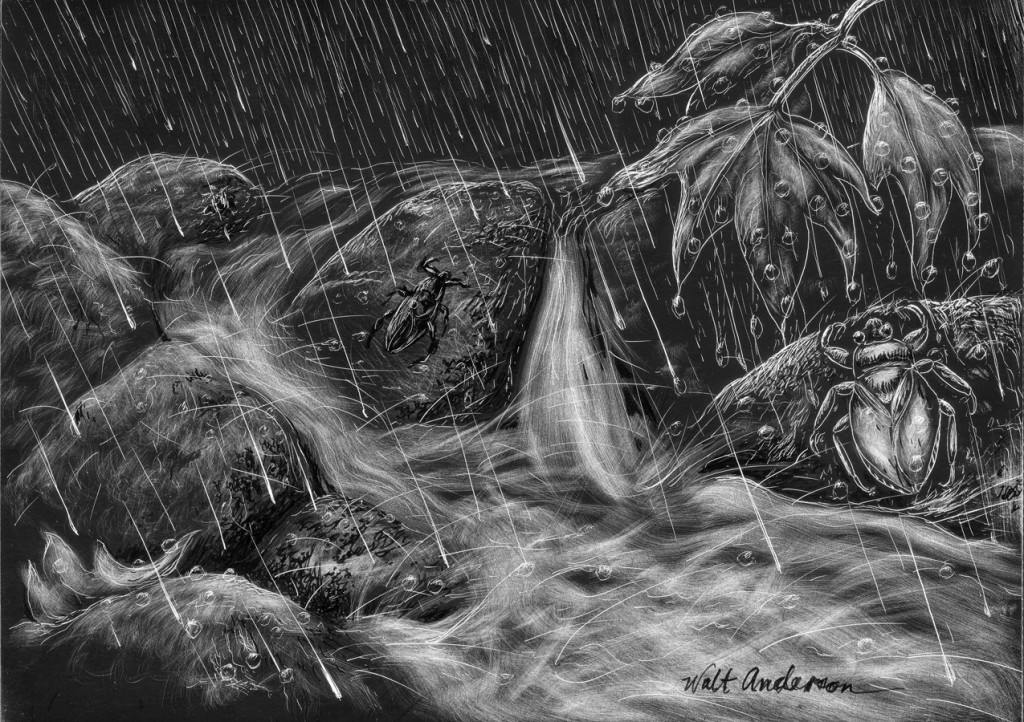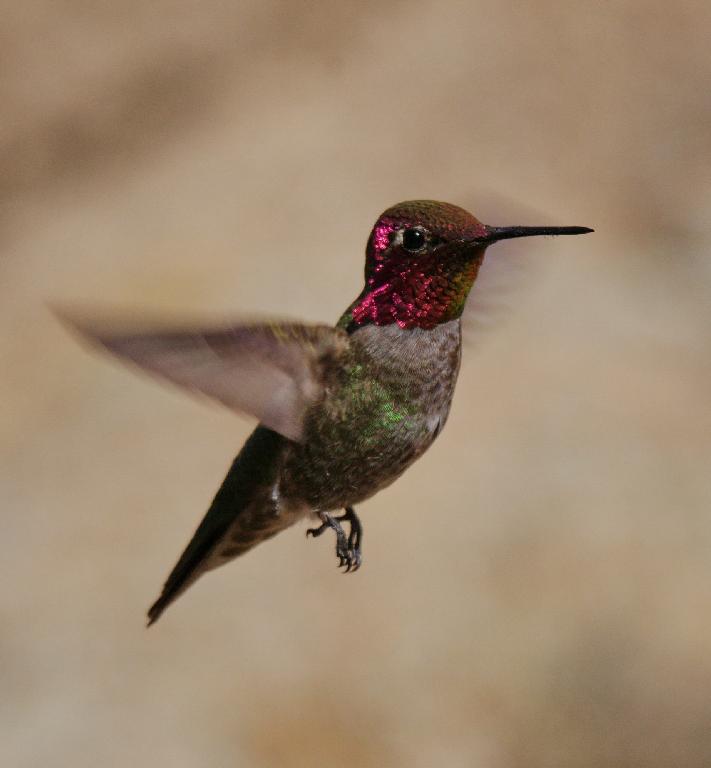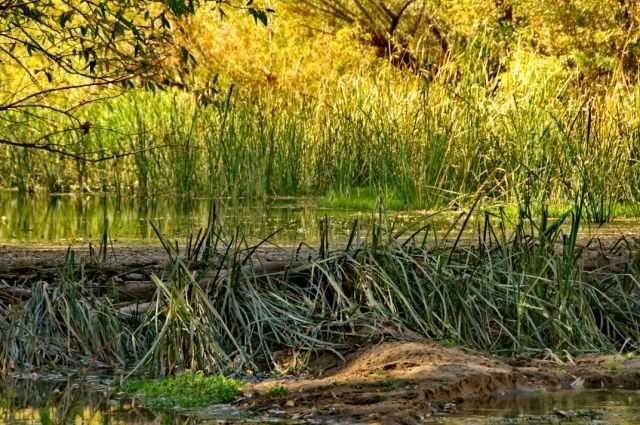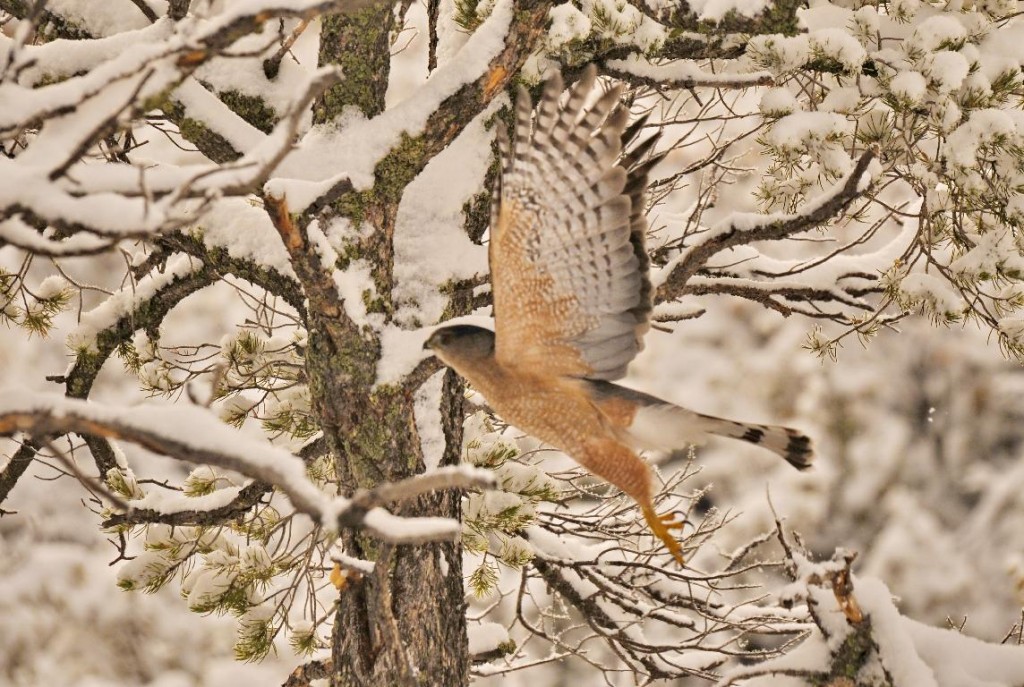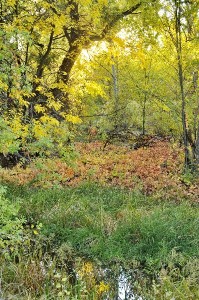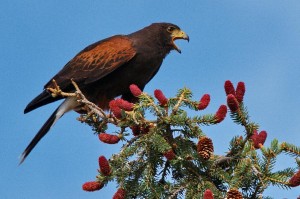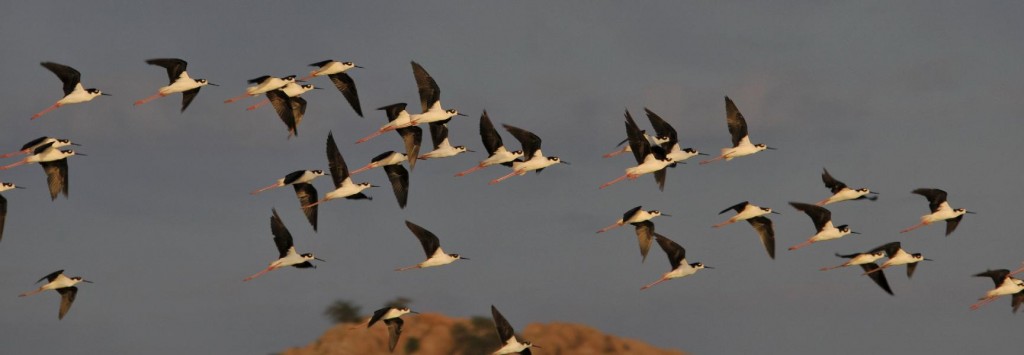Where Do Toe-biters Go When It Rains?
- Floodbug
Curiosity is a well-known field mark of a naturalist, and I have learned to indulge my curiosity when an opportunity arises. Some years ago, I stayed with friends in the Chiricahua Mountains of SE Arizona, one of the dramatic “sky islands” of the Southwest. Back in the cooler, wetter Pleistocene, the forests marched across the valleys, allowing free commerce for animals and plants among the ranges. As conditions warmed and dried, the forests retreated to higher elevations, trapping survivors on habitat islands. Continue reading

